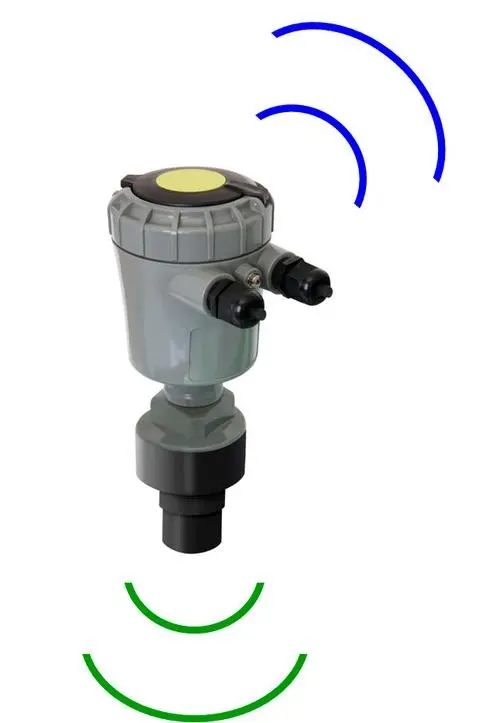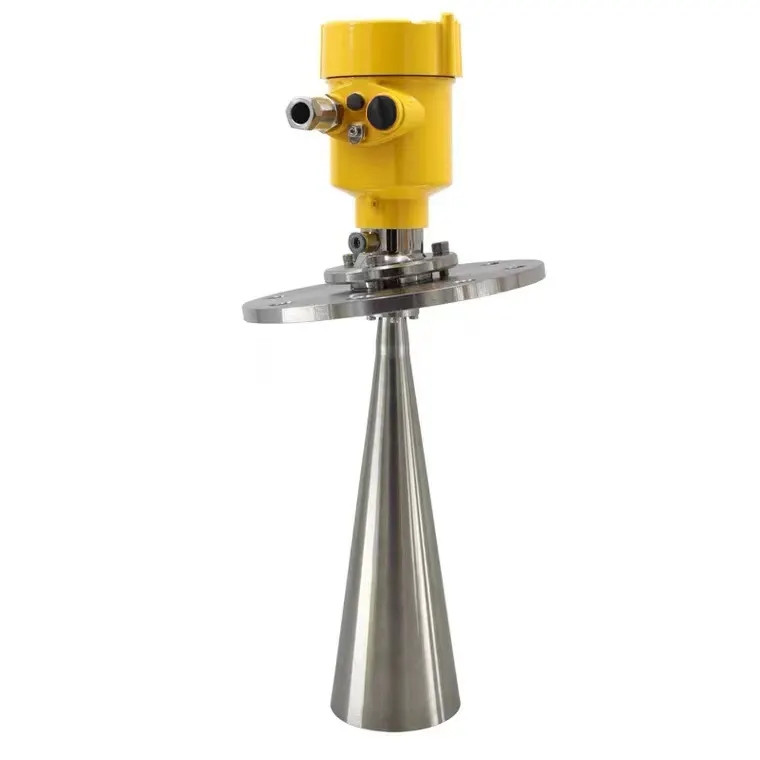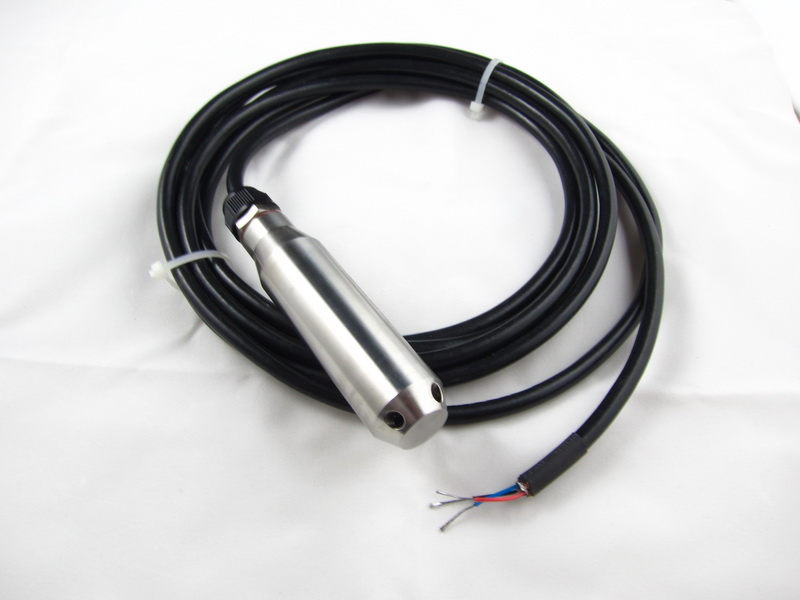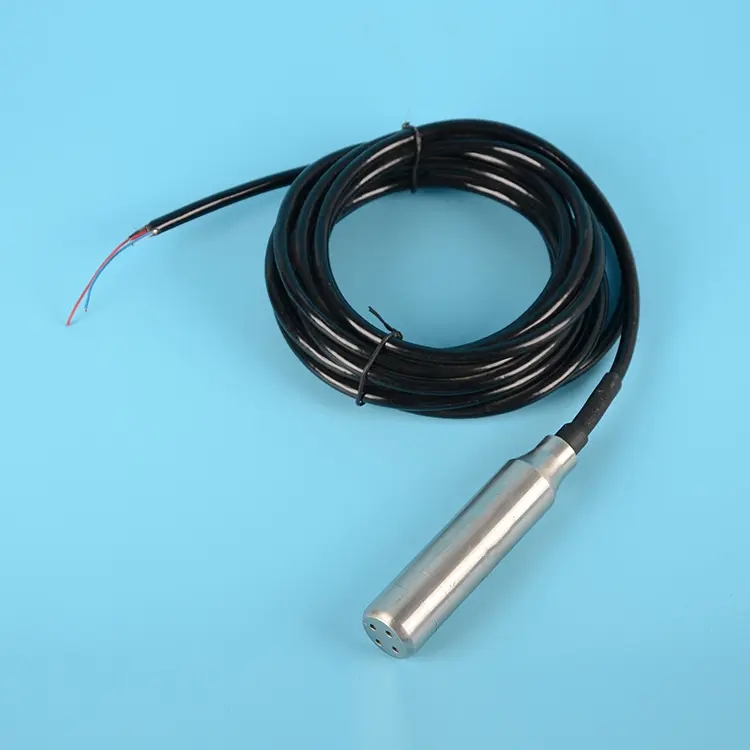

— Blogs —
—Products—
 Consumer hotline +8618073152920
Consumer hotline +8618073152920 WhatsApp:+8615367865107
Address:Room 102, District D, Houhu Industrial Park, Yuelu District, Changsha City, Hunan Province, China
Product knowledge
Time:2025-10-29 16:18:03 Popularity:274
In industries such as chemicals, beverages, energy, and agriculture, liquid level monitoring not only affects production efficiency but also directly impacts safety and costs.
- Chemical Storage Tanks: Overly high levels may cause overflows, while low levels can lead to pump dry running and pipeline damage.
- Food and Beverage Production: Abnormal levels in syrup or milk tanks can affect filling accuracy, resulting in waste and downtime.
- Sewage Treatment: Water shortages or overflows at pump stations directly impact treatment efficiency and can even cause environmental incidents.
Traditional manual inspections struggle to detect anomalies in a timely manner, whereas automated liquid level sensor systems can collect data in real-time, issue alarms, and control equipment, reducing accident risks.

Principle: Emits ultrasonic signals and measures the time for the sound waves to reflect back from the liquid surface to calculate the liquid level height.
Technical Features:
- Non-contact measurement, suitable for corrosive liquids and sealed containers.
- Accuracy: ±1 cm.
- Applicable to sewage pools, syrup tanks, and liquefied gas stations.
Principle: Measures changes in the liquid's dielectric constant to determine the level and outputs analog or digital signals.
Technical Features:
- Suitable for non-conductive liquids (oil, resin, solvents).
- Accuracy: ±1% of full scale.
- Can be used in high-temperature, high-pressure, or sealed tanks.
Principle: The float rises and falls with the liquid surface, actuating a switch to output a dry contact signal for pump control or alarms.
Technical Features:
- Simple structure and durable.
- Low cost and easy to install.
- Applicable to water tanks, fire pools, and cooling water systems.

In modern industry, liquid level sensors are not just measurement tools but core nodes in the liquid management system of smart factories. From individual storage tanks to multi-system collaborative management across the entire plant, liquid level sensor systems enable real-time monitoring, automatic control, and remote management.
Single-Tank Applications: Small storage tanks can use float switches or ultrasonic sensors for high/low level alarms and pump linkage.
Large Industrial Tanks: Employ ultrasonic or capacitive continuous level measurement, with added temperature and pressure compensation.
Corrosive or High-Temperature Liquids: Select capacitive sensors with stainless steel/PTFE housings.
Key Control Point Layout: Install at least 1–2 sensors at tank inlets, outlets, maximum levels, and minimum levels for redundancy and safety.
Sensor signals can be processed through:
- Analog Outputs (4–20 mA / 0–10 V): For PLC/DCS control.
- Digital Outputs (RS485/Modbus): Suitable for centralized data collection from distributed tank groups.
- Wireless IoT Modules: LoRa, 4G, 5G, Wi-Fi for uploading to cloud platforms, enabling remote monitoring and data analysis.
Process Flow:
- Storage tank liquid level sensors detect levels and output signals.
- PLC or DCS acquires signals to execute local logic (pump start/stop, valve control, alarm triggering).
- Data is uploaded to the cloud platform via gateways or wireless modules.
- The cloud platform displays real-time levels, historical trends, alarm logs, and reports.
- Managers perform remote monitoring and operations via PC or mobile devices.
- Over-High Level: Automatically close inlet valves or trigger overflow alarms.
- Over-Low Level: Automatically start pumps or replenishment systems.
- Anomalous Fluctuations: Intelligent algorithms filter transient fluctuations to avoid false alarms.
- Linked Notifications: Real-time alerts to operators via SMS, email, or apps.
- Multi-Point Centralized Monitoring: All liquid level data unified in the cloud.
- Data Statistics and Analysis: Level trends, pump runtime, consumption—optimizing production scheduling.
- Cross-Workshop Alarm Strategies: High-priority level anomalies trigger plant-wide alarms; low-priority ones notify specific workshops.

Only within the rated pressure range; otherwise, use diaphragm or pressure-type sensors.
±1% of full scale.
Yes, they output dry contact signals compatible with industrial automation systems.
Available with PVC, PTFE, or stainless steel housings to adapt to acidic/alkaline and high-temperature environments.
Yes, supports multi-point wireless monitoring, displaying 500+ storage tank levels simultaneously on the cloud platform.

Selecting the right liquid level sensors not only ensures production safety but also improves efficiency and reduces costs.
Niubol offers a full range of solutions from simple float sensors to advanced IoT liquid level monitoring systems, with proven results in beverages, chemicals, energy, sewage treatment, and agricultural irrigation.
Through high-precision sensors + cloud management + automatic control, Niubol helps customers achieve:
- Controllable production safety.
- Reduced waste of water and liquids.
- Remote management and data analysis.
Niubol — Precise Liquid Level Monitoring for a Smart Industrial Future.
Prev:Water Detection Sensors for Leakage Monitoring and Smart Buildings
Next:Dissolved Oxygen Meters: Working Principle, Calibration and Applications
Related recommendations
Sensors & Weather Stations Catalog
Agriculture Sensors and Weather Stations Catalog-NiuBoL.pdf
Weather Stations Catalog-NiuBoL.pdf
Related products
 Combined air temperature and relative humidity sensor
Combined air temperature and relative humidity sensor Soil Moisture Temperature sensor for irrigation
Soil Moisture Temperature sensor for irrigation Soil pH sensor RS485 soil Testing instrument soil ph meter for agriculture
Soil pH sensor RS485 soil Testing instrument soil ph meter for agriculture Wind Speed sensor Output Modbus/RS485/Analog/0-5V/4-20mA
Wind Speed sensor Output Modbus/RS485/Analog/0-5V/4-20mA Tipping bucket rain gauge for weather monitoring auto rainfall sensor RS485/Outdoor/stainless steel
Tipping bucket rain gauge for weather monitoring auto rainfall sensor RS485/Outdoor/stainless steel Pyranometer Solar Radiation Sensor 4-20mA/RS485
Pyranometer Solar Radiation Sensor 4-20mA/RS485
Screenshot, WhatsApp to identify the QR code
WhatsApp number:+8615367865107
(Click on WhatsApp to copy and add friends)
